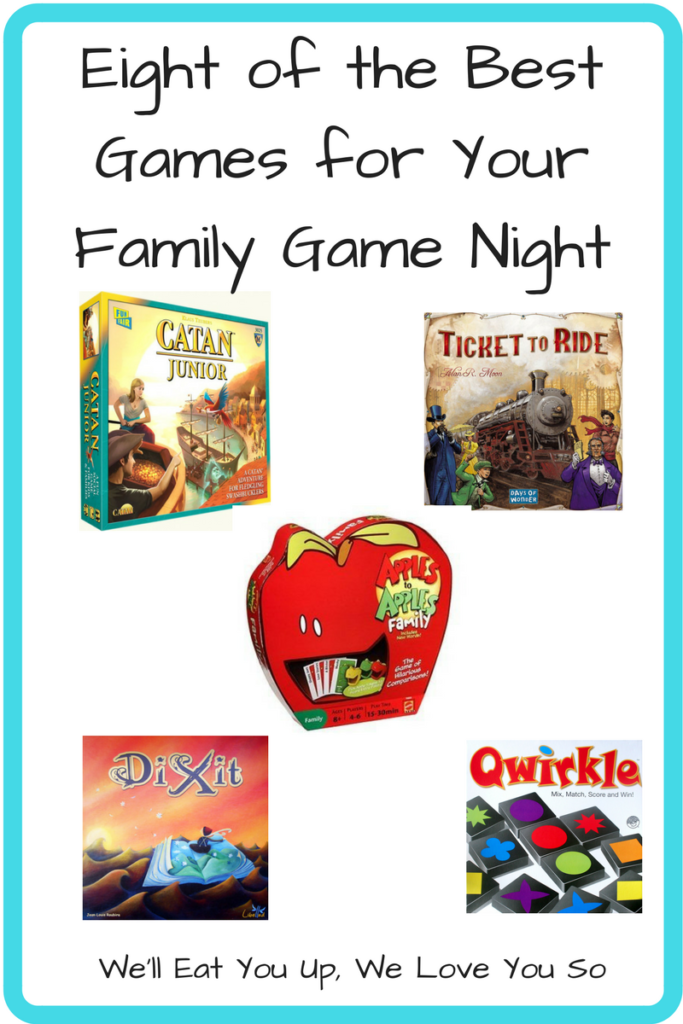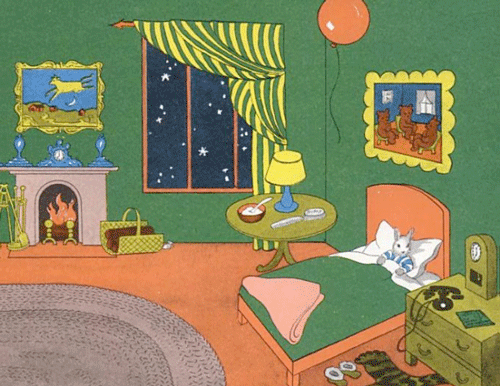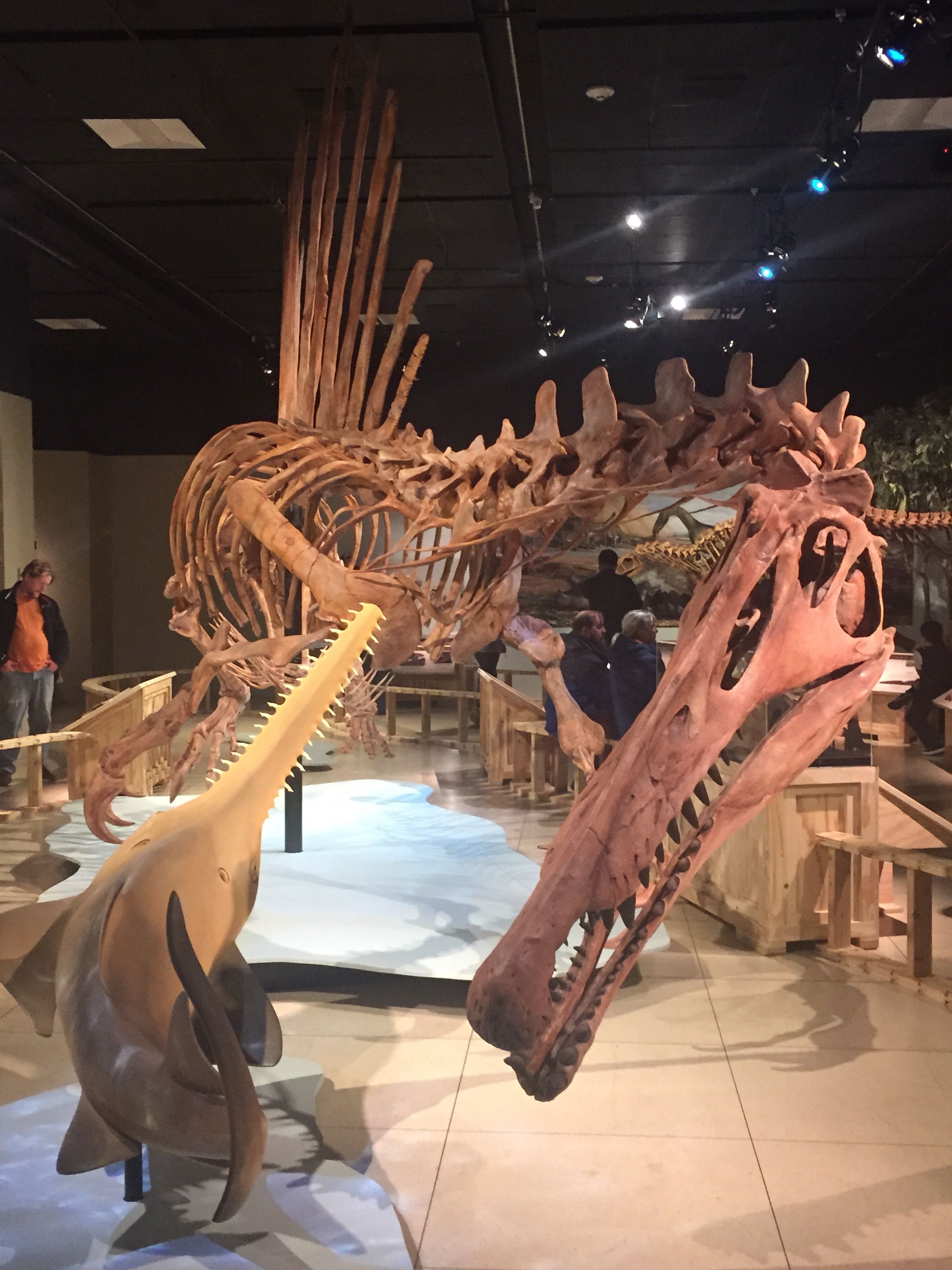Lemons hung from an arch became a sun gate. A billowing blue sheet made silky ocean waves. Plastic streamers attached to a wooden pole transformed into a jellyfish. All of these images captivated the small children sitting around the “stage” of Imagination Stage’s show Acquarium, including my son.
Imagination Stage has been on my “to do” list with Sprout for a while, but the right opportunity didn’t come up until my friend emailed me two weeks ago. While my friends don’t have kids yet, their cousins were visiting from France with their 3 and 5 year old children. It seemed like the ideal opportunity.
We met them at the theater, located in downtown Bethesda. While it doesn’t have its own parking, it’s close to several garages and is less than a mile from the Metro. The theater has a cute alleyway next to it, decorated with huge multi-colored balls and metal swirls. It was perfect for Sprout to run up and down while we waited. They also had what looked like a really nice store, but it wasn’t open before the show.
Inside, the theater was a large, open floor space with some seating on risers beyond it. However, nearly all of the children and their parents were gathered around the performance space. Because we came in a little late, we were placed to the side, but the performers played to the entire audience as much as possible.
Like most theater for very little ones, there wasn’t much of a plot, but it was so enchanting that it didn’t matter. The story was a series of vignettes by the two main characters, Jack and Calypso, who were dressed like they were in a storybook version of Gilligan’s Island. It followed their journey through a full day to reach the fabled land of Aquarium, under the sea. After the “sun” rose, flowers needed to be planted in the garden, sheep needed to be herded, and the stars needed to come out.
Each of these different sequences was very interactive, helping engage even the antsiest of kids. Each child received a lemon and gave it to one character to hang on the arch. An adult helper from the audience handed out pieces of seaweed that magically bloomed into flowers with a pull on a piece of ribbon. The actors invited the children up to “rake” a piece of fake turf and “plant” their flowers under it. The cast managed the children beautifully, making it seem not like they were giving back their props but participating in the story. As far as I could tell, there was not a single meltdown, a huge accomplishment for this age group.
Throughout the performance, these interactive pieces were accompanied by lyrical monologues, goofy banter, and otherworldly props. While there were some silly jokes – mostly bad puns – much of the script was lovely, surreal free verse. It complemented the captivating imagery. I think the combination of the two would work even for children who are mostly non-verbal, as my friends’ nephews enjoyed it and they don’t even speak English.
The last two sequences were particularly enchanting. At “night,” the lead actress walked slowly around the edge of the crowd, holding a wheel with cut-outs, the lights down low. The reflective wheel scattered the spotlights, creating shimmering, twinkling stars on the floor and wall. As she walked and spun, she recited a poem that reminded me of some of the best children’s literature. Even I was mesmerized. While I’m usually looking at Sprout’s reaction, I just enjoyed the experience of wonder.
The show culminated in the final scene where they finally reached the oceanic Aquarium. The actors spread out a huge blue sheet across the entire floor, with all of the children and adults invited to take an edge and shake their hands up and down like the old parachute game. The actors tossed silver fish puppets onto the bouncing waves, making them dance and fly up in the air. Softly glowing blue lights and quiet music enhanced the underwater feel. When the lights finally came up, we sighed and blinked, emerging from a place of magic.
The only possible complaint I had is that the floor there is pretty hard, especially when a child insists on sitting on your lap for much of the performance. But that’s just a consequence of getting old, I suppose.
While we actually caught the last show of Aquarium, Imagination Stage regularly does shows throughout the year, including shows for very young children. It was a wonderful experience for the children and adults alike and I look forward to bringing Sprout to another show in the future.






